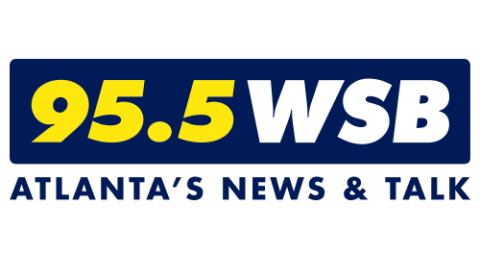When the Silicon Valley Bank was closed on Friday, depositors were left to wonder how or if they could get the money and assets they had in the bank.
Over the weekend, depositors were told by the Federal Deposit Insurance Corporation (FDIC) that if their accounts were eligible, they would receive up to $250,000.
For others, the FDIC said in a statement, “Uninsured depositors will receive a receivership certificate for the remaining amount of their uninsured funds.”
What is the FDIC and how does it work? Here’s a look at the agency.
What is the FDIC?
The Federal Deposit Insurance Corporation was created to protect people’s bank deposits and regulate the banking industry.
The independent federal agency was created out of the Banking Act of 1933. The Banking Act was an answer to people’s demands to protect the money they put into banks following the Great Depression.
In addition to insuring deposits, the agency also makes sure banks comply with the Fair Credit Billing Act, the Truth in Lending Act the Fair Debt Collection Practices Act and other consumer protection laws.
What does the FDIC do?
The FDIC issues deposit insurance for certain deposit products at financial institutions. The agency insures checking and savings accounts, certificates of deposit and money market deposit accounts.
What is deposit insurance?
FDIC deposit insurance protects bank customers if an FDIC-insured depository institution fails.
What doesn’t the FDIC insure?
According to the FDIC, it does not insure “Investment products that are not deposits, such as mutual funds, annuities, life insurance policies and stocks and bonds, are not covered by FDIC deposit insurance.
How much are deposits insured for?
The standard deposit insurance amount is $250,000 per depositor, per FDIC-insured bank, and per ownership category.
What are ownership categories?
The amount of coverage you are entitled to per account depends on the type of account. Most accounts are insured to $250,000.
To find out what the ownership categories are, click here.
Do you have to apply for the insurance?
No. Coverage is automatic whenever a deposit account is opened at an FDIC-insured bank.
What if I have money in more than one institution that fails?
The FDIC pays up to $250,000 per depositor, per FDIC-insured bank, and per ownership category, so if you have more than one account in a bank that fails, the FDIC insurance will pay for each account.










